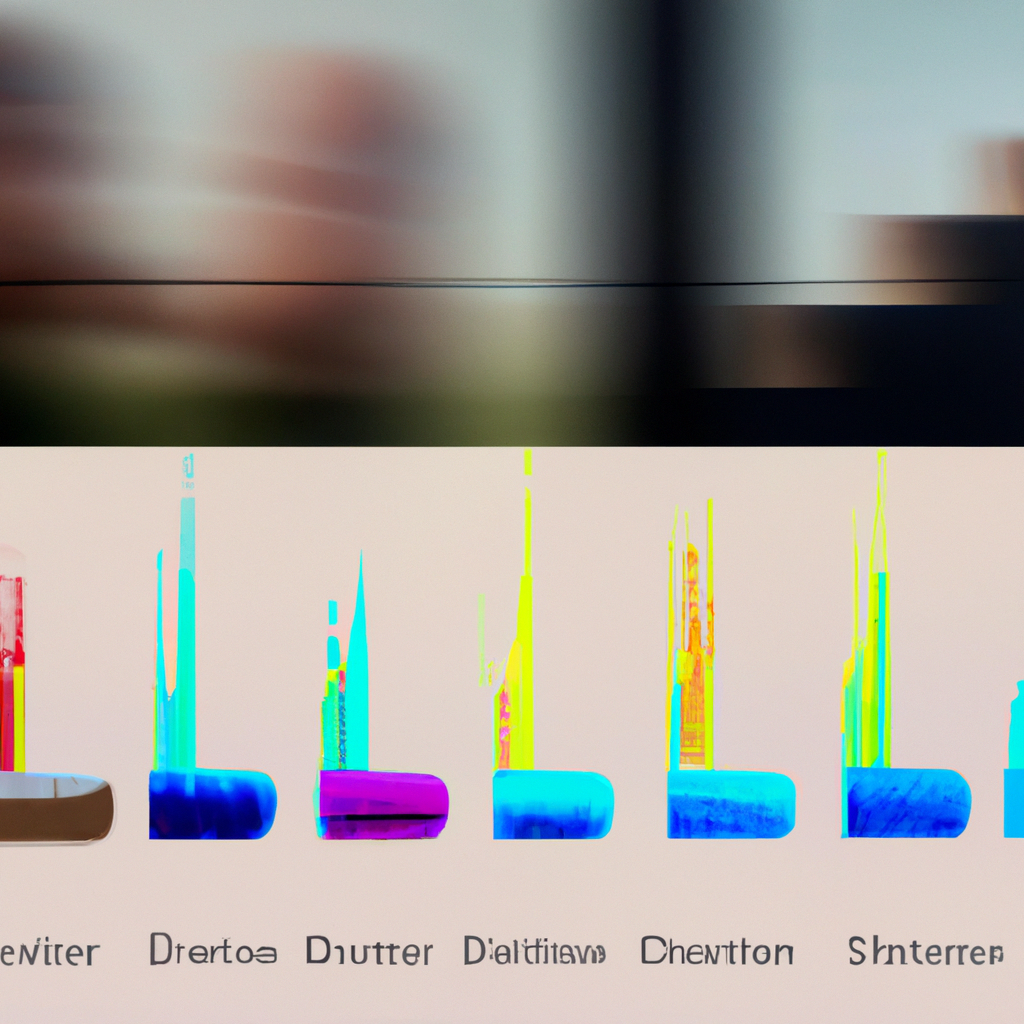-
Reading Roadmap
- Identifying Varied Treatment Responses in Pediatric Type 2 Diabetes Patients through Clustering Analysis
- Key Takeaways
- Introduction: Unraveling the Complexity of Pediatric Type 2 Diabetes
- Clustering Analysis: A New Paradigm in Diabetes Care
- Implications for Treatment and Disease Management
- Challenges and Future Directions
- FAQ Section
- What is clustering analysis?
- How can clustering analysis help in managing pediatric type 2 diabetes?
- What are the challenges in using clustering analysis?
- What is the future of clustering analysis in pediatric type 2 diabetes?
- What is the impact of early intervention in pediatric type 2 diabetes?
- Conclusion: Towards Personalized Diabetes Care
- Further Analysis
Identifying Varied Treatment Responses in Pediatric Type 2 Diabetes Patients through Clustering Analysis

[youtubomatic_search]
Key Takeaways
- Clustering analysis is a promising tool for identifying varied treatment responses in pediatric type 2 diabetes patients.
- Individualized treatment plans can be developed based on the unique characteristics of each patient cluster.
- Clustering analysis can help in predicting the disease progression and treatment outcomes.
- Early intervention based on the clustering analysis can prevent or delay the onset of complications.
- Further research is needed to refine the clustering algorithms and validate the findings in larger patient cohorts.
Introduction: Unraveling the Complexity of Pediatric Type 2 Diabetes
As the prevalence of type 2 diabetes in children continues to rise, there is an urgent need to understand the heterogeneity of this disease and tailor treatments accordingly. One promising approach is clustering analysis, a data-driven method that groups patients based on their clinical and biological characteristics. This article explores how clustering analysis can help identify varied treatment responses in pediatric type 2 diabetes patients.
Clustering Analysis: A New Paradigm in Diabetes Care
Clustering analysis is a statistical method that groups individuals based on their similarities. In the context of pediatric type 2 diabetes, clustering analysis can be used to identify distinct subgroups of patients who share similar clinical and biological characteristics. These subgroups, or clusters, can provide valuable insights into the disease’s heterogeneity and help predict treatment responses.
For example, a study published in The Lancet Diabetes & Endocrinology identified five distinct clusters of adult diabetes patients, each with different disease progression and risk of complications. This approach has the potential to be applied in pediatric populations, allowing for more personalized and effective treatment strategies.
Implications for Treatment and Disease Management
Identifying patient clusters can have significant implications for treatment and disease management. By understanding the unique characteristics of each cluster, healthcare providers can develop individualized treatment plans that target the specific needs of each patient group.
For instance, one cluster might be characterized by early onset of the disease and rapid progression, necessitating aggressive treatment and close monitoring. Another cluster might have a slower disease progression and lower risk of complications, allowing for a more conservative treatment approach.
Challenges and Future Directions
While clustering analysis holds great promise, there are several challenges that need to be addressed. The accuracy of clustering analysis depends on the quality and comprehensiveness of the data. Incomplete or inaccurate data can lead to misclassification of patients and inaccurate predictions of treatment responses.
Moreover, the clustering algorithms need to be refined and validated in larger patient cohorts. As our understanding of the disease evolves, the clustering algorithms need to be updated to incorporate new knowledge and insights.
FAQ Section
What is clustering analysis?
Clustering analysis is a statistical method that groups individuals based on their similarities. It is used in many fields, including healthcare, to identify distinct subgroups within a larger population.
How can clustering analysis help in managing pediatric type 2 diabetes?
Clustering analysis can help identify distinct subgroups of pediatric type 2 diabetes patients based on their clinical and biological characteristics. This can help predict treatment responses and disease progression, allowing for more personalized and effective treatment strategies.
What are the challenges in using clustering analysis?
The accuracy of clustering analysis depends on the quality and comprehensiveness of the data. Incomplete or inaccurate data can lead to misclassification of patients. Moreover, the clustering algorithms need to be refined and validated in larger patient cohorts.
What is the future of clustering analysis in pediatric type 2 diabetes?
With further research and refinement of the clustering algorithms, clustering analysis has the potential to revolutionize the management of pediatric type 2 diabetes by enabling personalized treatment strategies.
What is the impact of early intervention in pediatric type 2 diabetes?
Early intervention based on the clustering analysis can prevent or delay the onset of complications, improving the quality of life and long-term outcomes for pediatric type 2 diabetes patients.
Conclusion: Towards Personalized Diabetes Care
Clustering analysis offers a promising approach to unravel the complexity of pediatric type 2 diabetes and identify varied treatment responses. By grouping patients into distinct clusters based on their clinical and biological characteristics, healthcare providers can develop individualized treatment plans that target the specific needs of each patient group. While challenges remain, further research and refinement of the clustering algorithms hold the potential to revolutionize diabetes care and improve patient outcomes.
[youtubomatic_search]
Further Analysis
In conclusion, the key takeaways from this article are:
- Clustering analysis is a promising tool for identifying varied treatment responses in pediatric type 2 diabetes patients.
- Individualized treatment plans can be developed based on the unique characteristics of each patient cluster.
- Clustering analysis can help in predicting the disease progression and treatment outcomes.
- Early intervention based on the clustering analysis can prevent or delay the onset of complications.
- Further research is needed to refine the clustering algorithms and validate the findings in larger patient cohorts.

Leave a Reply